A collaborative platform for paperless relicensing
This course offers a comprehensive exploration of air pollution in India and its significant health impacts. It covers a range of pollutants including particulate matter, VOCs, heavy metals, and ozone. The course delves into the pathophysiological mechanisms such as oxidative stress, systemic inflammation, and endothelial dysfunction that underlie conditions like asthma, COPD, lung cancer, and cardiovascular disease. It emphasizes the use of clinical tools, including air quality indices and personal exposure monitoring, to assess patient risk.
| Duration : 02:00:00 hours |
| Content provider : Radiology masterclass |
| Date launched at CMEPEDIA : April 10, 2025 |
| Expiry date of course : December 29, 2027 |
| Module size : 0.00MB |
| Price : ₹547 - ₹2684 |
Accrecent requires all individuals in control of educational content to disclose financial relationships with ineligible companies from the past 24 months, preferably from the time of graduation.
All relevant relationships from planners, editorial staff, authors, and peer reviewers have been disclosed, reviewed, and appropriately mitigated in accordance with ACCME Standards.
Ineligible companies are defined as organizations whose primary business is producing, marketing, selling, re-selling, or distributing healthcare products used by or on patients.
Emma Van Hoecke, the founder of Accrecent, has no relevant financial relationships to disclose.
All other team members of Accrecent involved in the development or review of this content have no relevant financial relationships to disclose.
The financial disclosure status of all authors and peer reviewers is provided in the “Authors & Peer Reviewers” section of this activity.
| Category | Accreditor | Credits | Accreditation details |
|---|---|---|---|
|
Endocrinologist, Nephrologist, Obstetrician, Cardiologist, A...Read More |
Accreditation Council for Continuing Medical Education | 100 ACCME | ACCME |
| Endorsed by | Accredited by | Conversion credits |
|---|---|---|
| Bangalore XYZ council | Accreditation Council for Continuing Medical Education | 50 BXC Credits |






₹0.00 - ₹330.00

₹121.00 - ₹451.00

₹0.00 - ₹330.00

₹0.00 - ₹440.00
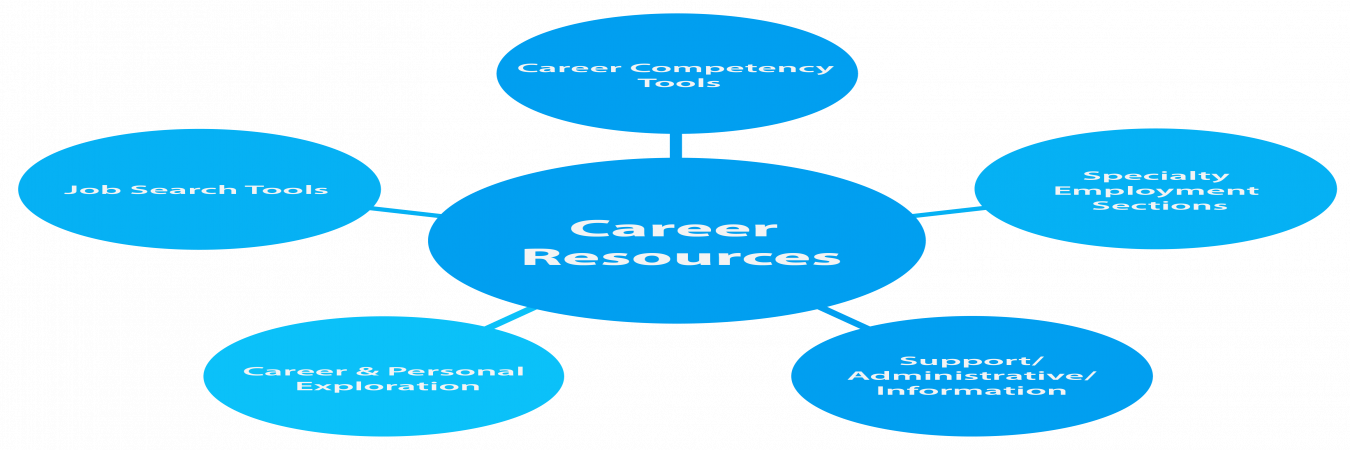
₹0.00 - ₹330.00

₹0.00 - ₹330.00

₹0.00 - ₹330.00
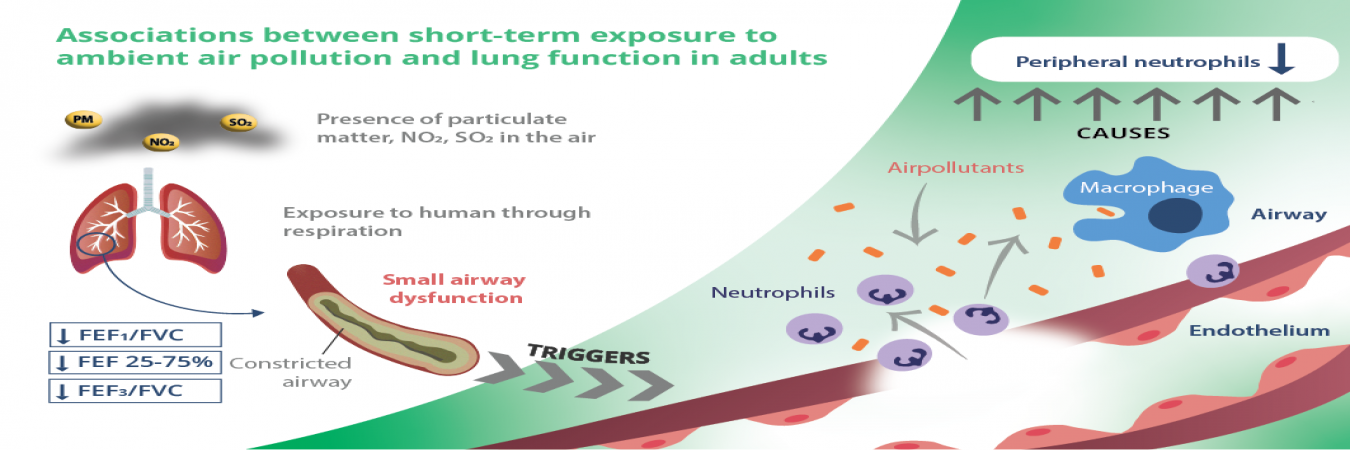
₹0.00 - ₹330.00
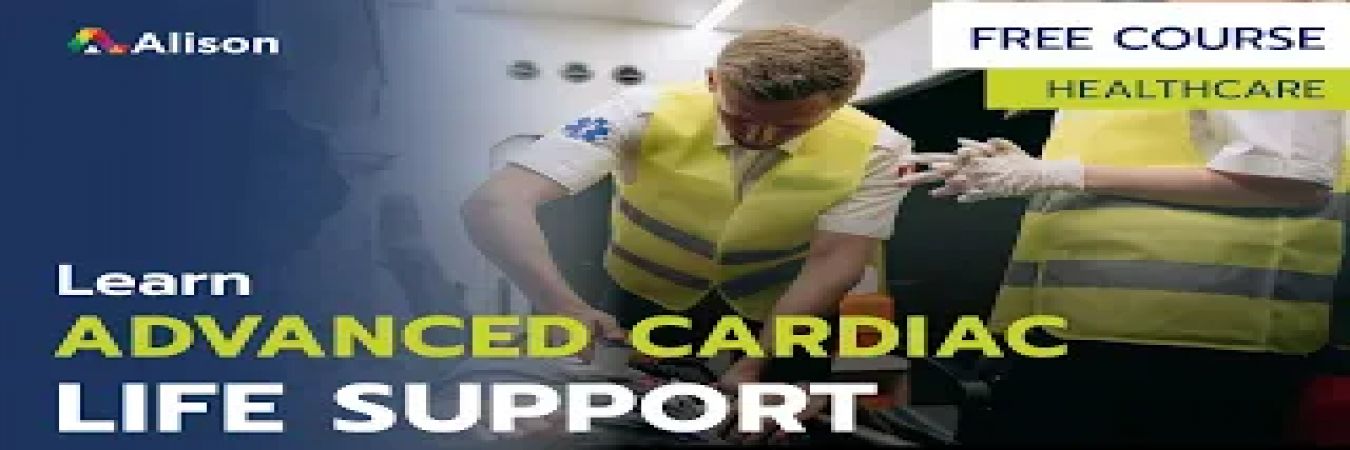
₹1241.90 - ₹1571.90

₹0.00 - ₹330.00

₹0.00 - ₹330.00
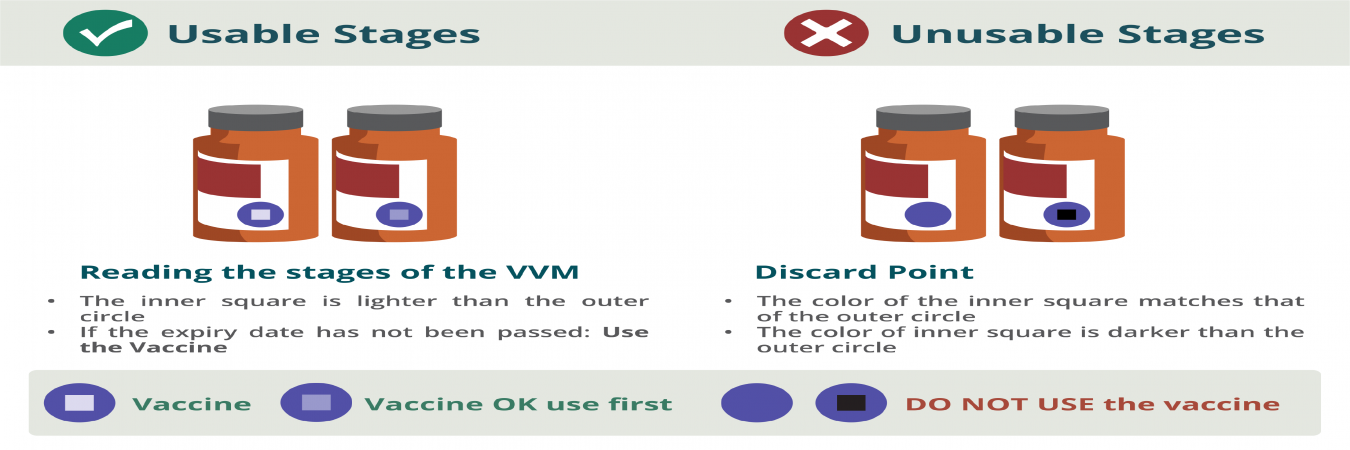
₹451.00 - ₹2651.00

₹0.00 - ₹330.00
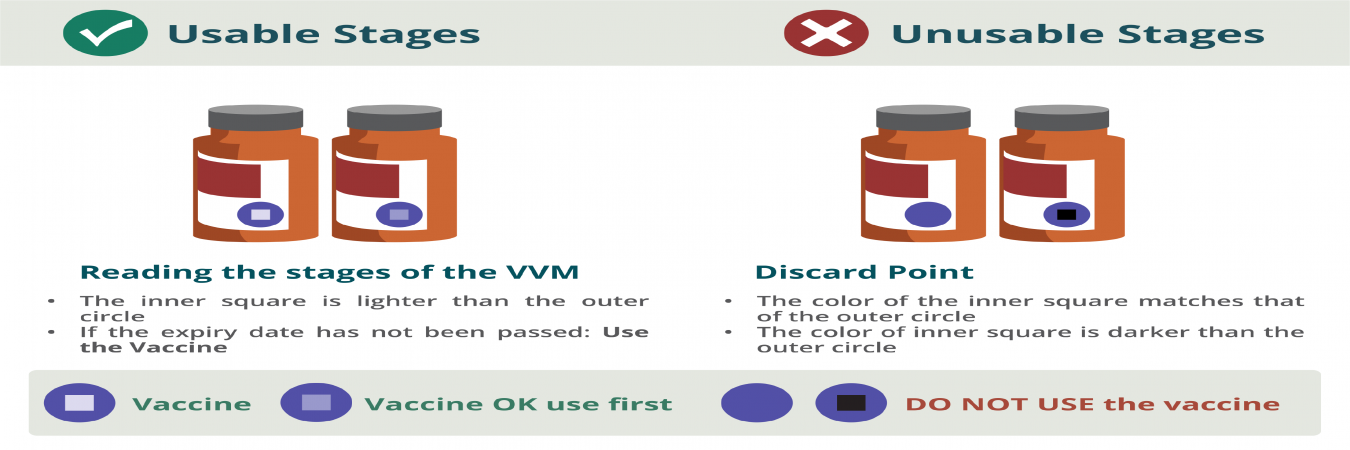
₹0.00 - ₹330.00
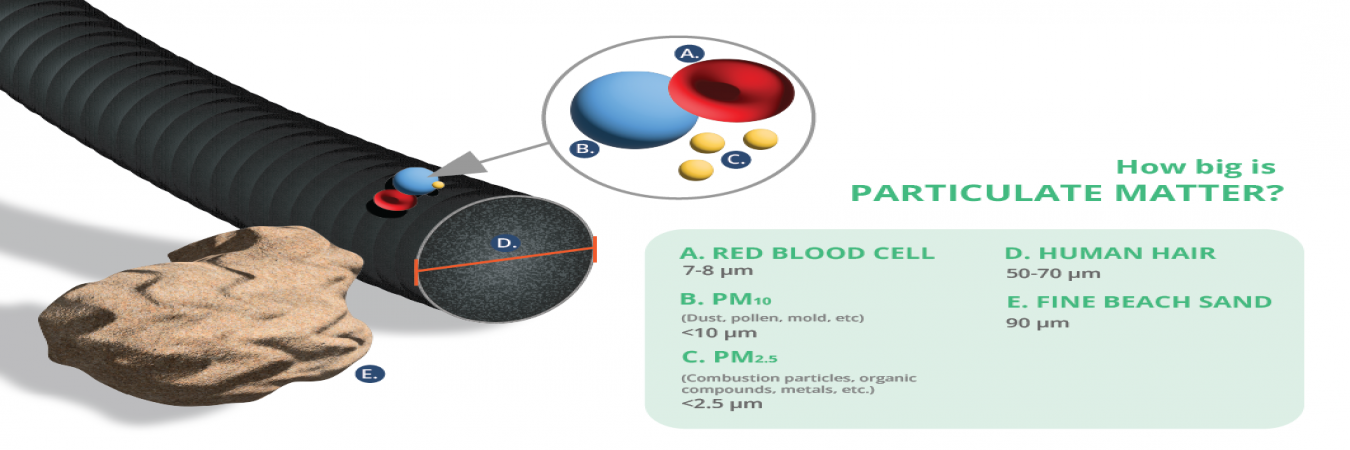
₹0.00 - ₹330.00

₹0.00 - ₹330.00
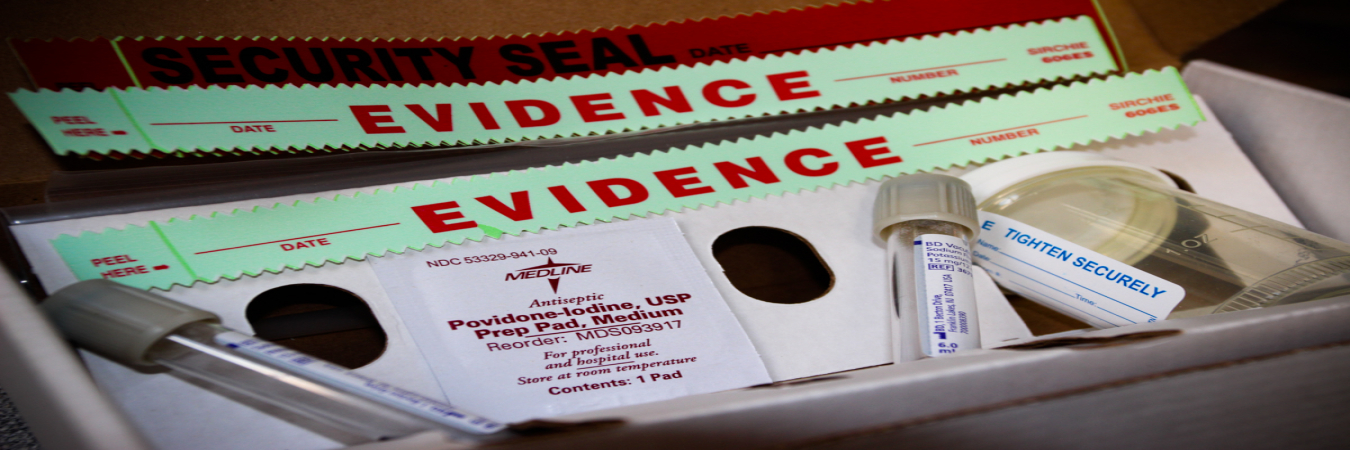
₹0.00 - ₹330.00

₹26392.91 - ₹26832.91

₹0.00 - ₹330.00
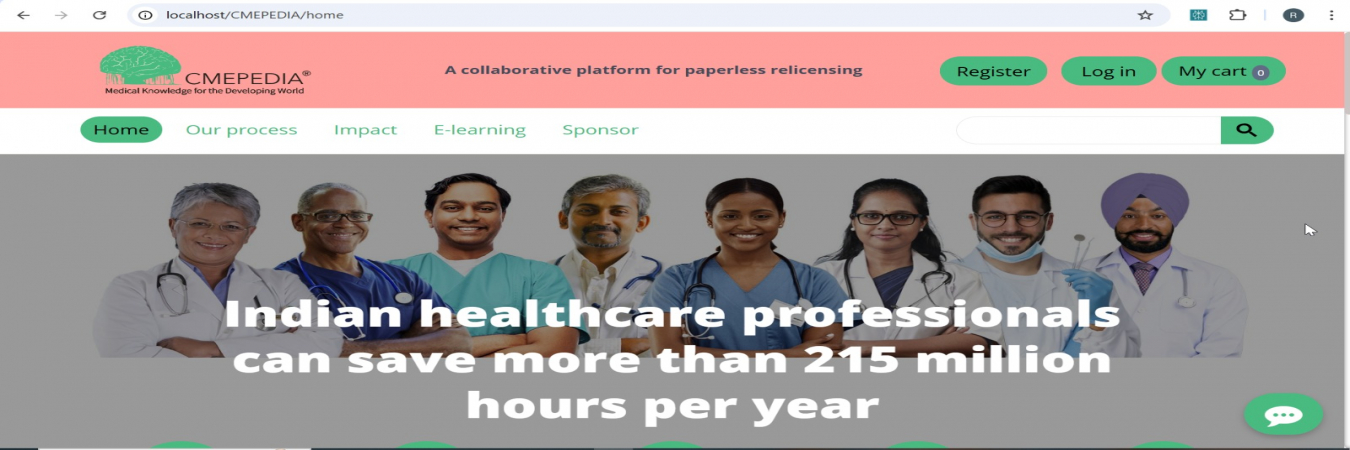
₹0.00 - ₹330.00

₹0.00 - ₹330.00

₹0.00 - ₹330.00
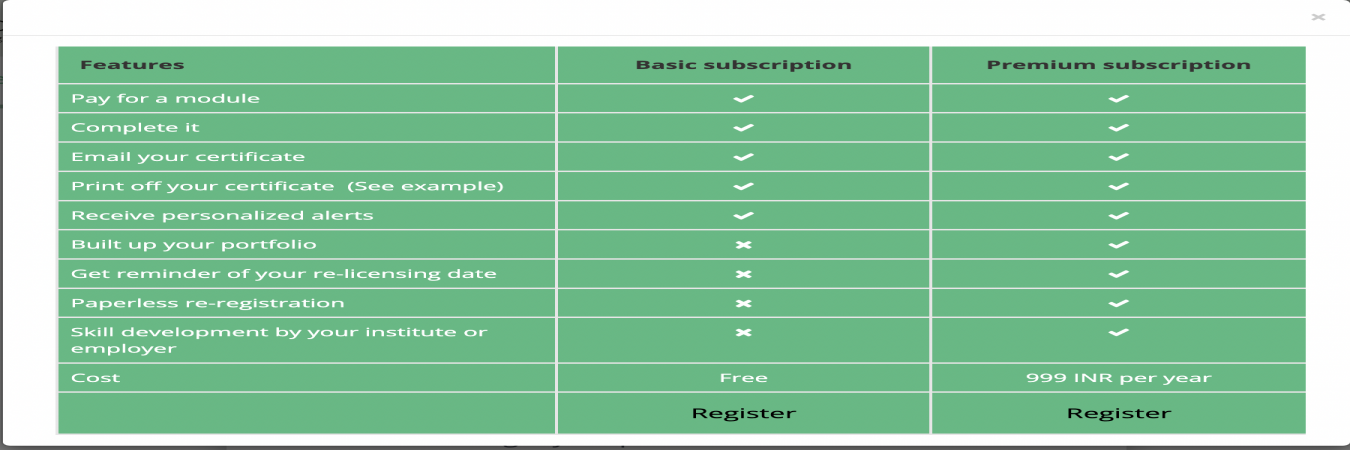
₹0.00 - ₹330.00

₹0.00 - ₹330.00